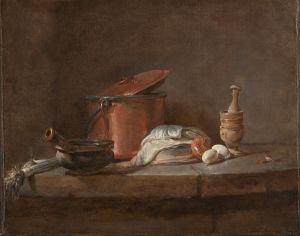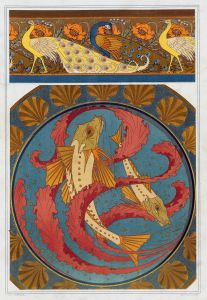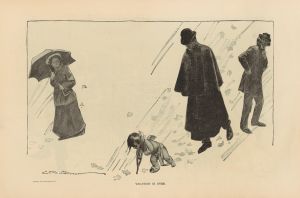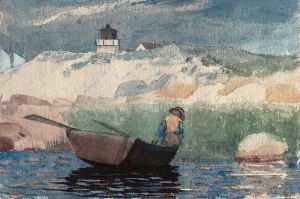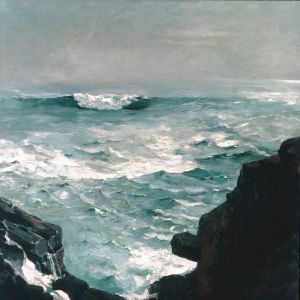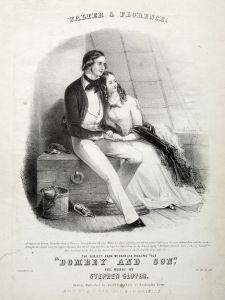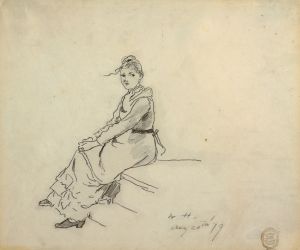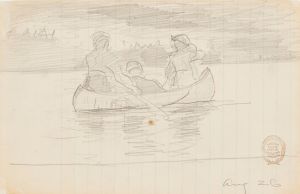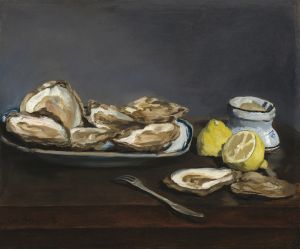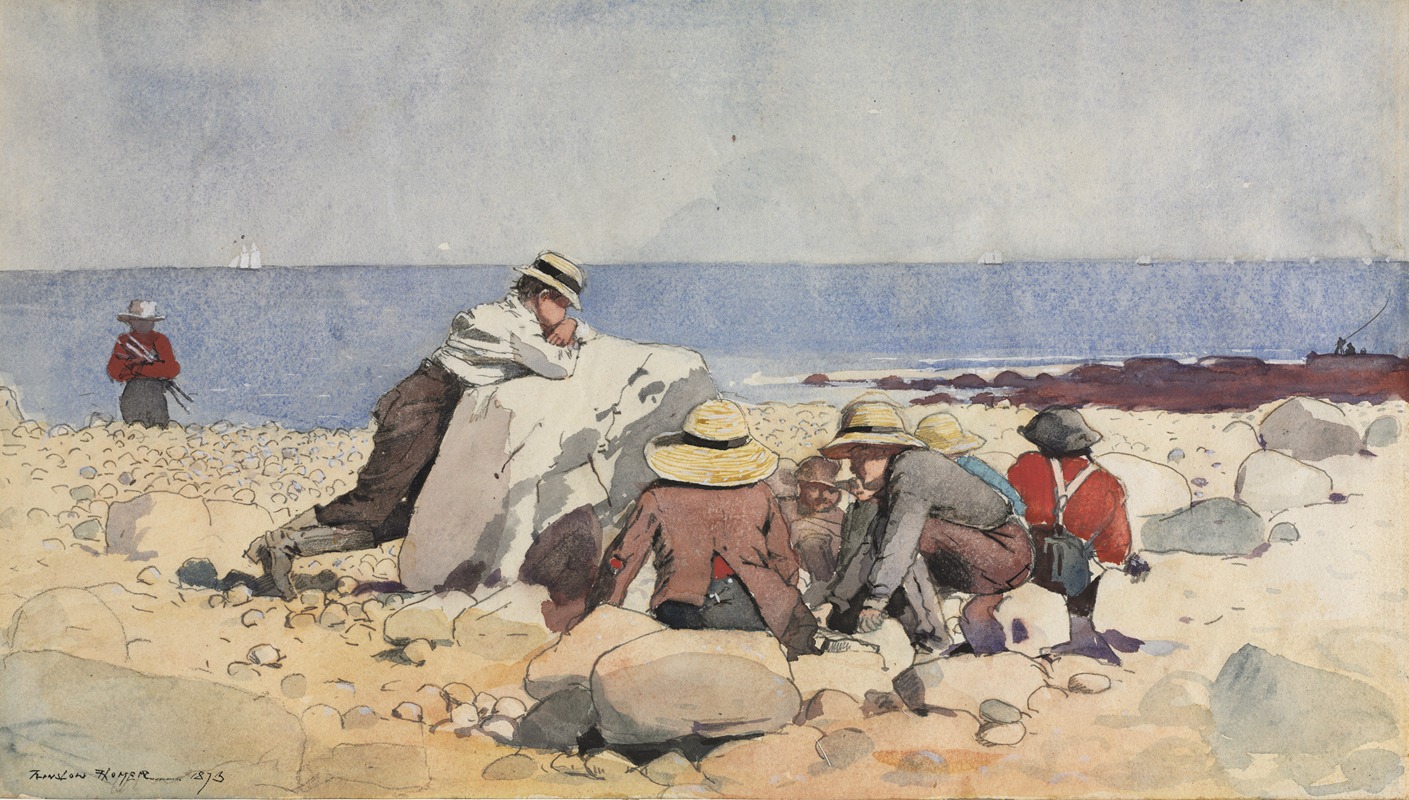
A Clam-Bake
A hand-painted replica of Winslow Homer’s masterpiece A Clam-Bake, meticulously crafted by professional artists to capture the true essence of the original. Each piece is created with museum-quality canvas and rare mineral pigments, carefully painted by experienced artists with delicate brushstrokes and rich, layered colors to perfectly recreate the texture of the original artwork. Unlike machine-printed reproductions, this hand-painted version brings the painting to life, infused with the artist’s emotions and skill in every stroke. Whether for personal collection or home decoration, it instantly elevates the artistic atmosphere of any space.
Winslow Homer, an American painter renowned for his marine subjects, created "A Clam-Bake" in 1873. This painting is a fine example of Homer's ability to capture the essence of American life and leisure during the 19th century. Known for his realistic and often dramatic portrayals of the sea and coastal life, Homer was a pivotal figure in American art, and "A Clam-Bake" is a testament to his skill in depicting everyday scenes with a sense of authenticity and vitality.
"A Clam-Bake" is an oil painting that reflects Homer's interest in the social activities and traditions of New England. The painting illustrates a group of people gathered on a beach, engaged in the communal activity of a clam bake, a popular social event in coastal communities where clams and other seafood are cooked over hot stones and seaweed. This scene is typical of the leisure activities enjoyed by Americans during the post-Civil War era, a time when people sought relaxation and camaraderie in natural settings.
Homer's composition in "A Clam-Bake" is notable for its attention to detail and the way it captures the light and atmosphere of the seaside. The figures in the painting are depicted with a sense of movement and interaction, suggesting a lively and convivial gathering. The use of color and light in the painting enhances the sense of a warm, sunny day at the beach, with the ocean visible in the background, adding depth and context to the scene.
The painting is also significant for its portrayal of American leisure culture during the 19th century. During this period, there was a growing appreciation for outdoor activities and the natural environment, partly as a response to the rapid industrialization and urbanization of American society. Homer's work often reflects this cultural shift, emphasizing the beauty and simplicity of rural and coastal life.
Winslow Homer was born in 1836 in Boston, Massachusetts, and began his career as a commercial illustrator before turning to painting. He gained recognition for his work as a war correspondent during the American Civil War, producing illustrations for Harper's Weekly. After the war, Homer focused on painting, developing a style characterized by its realism and attention to the subtleties of light and shadow.
Throughout his career, Homer traveled extensively, drawing inspiration from the places he visited. His time spent in New England, particularly in coastal areas like Gloucester and Cape Ann, greatly influenced his work. "A Clam-Bake" is one of many paintings that reflect his fascination with the sea and the people who lived and worked along its shores.
Today, Winslow Homer is celebrated as one of America's greatest painters, and his works are held in major museums and collections across the country. "A Clam-Bake" remains an important piece within his oeuvre, exemplifying his ability to capture the spirit of American life with both technical skill and emotional depth.





